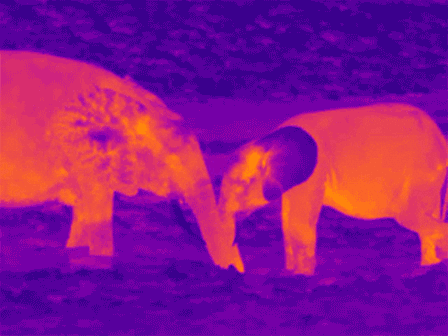Old and new technology – each has an important role to play

Basic research, and applying what we learn directly to enhance conservation efforts, is a primary focus of the Elephant Listening Project. About equal effort is targeted at gathering new data from the forests of Central Africa, pushing the boundaries of how we can use acoustic monitoring to achieve conservation goals, and building capacity in Central Africa to ensure sustainable conservation into the future.
While the use of innovative technology is a key part of what we do, good old basic observational studies also play a key role. Linking specific calls to interactions requires careful (and long) observation. At the same time, we strive to teach local assistants and researchers how to use the technology, building capacity in the next generation of conservationists.

We have no “home base,” but rather work with other conservation NGOs (Wildlife Conservation Society, World Wildlife Fund, the Korup Research and Conservation Society) to run projects where they can do the most good. We have collected sounds from the forest at 32 different locations, many monitored continuously for years. We have the world’s largest archive of sounds from Central Africa– more than 900,000 hours. Our focus now is on a large study in northern Congo generating the first ever glimpse into how forest elephants move across the landscape.





